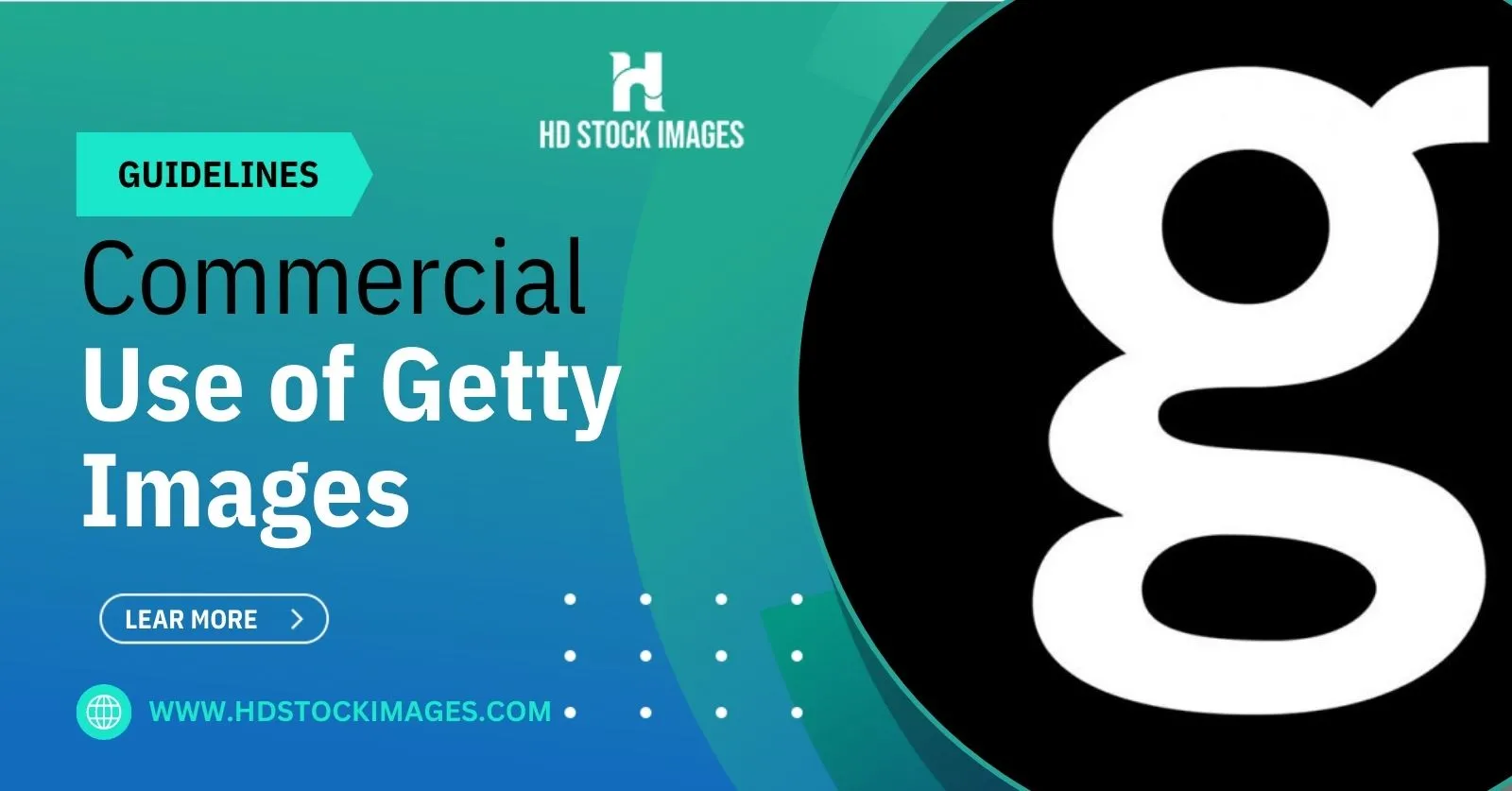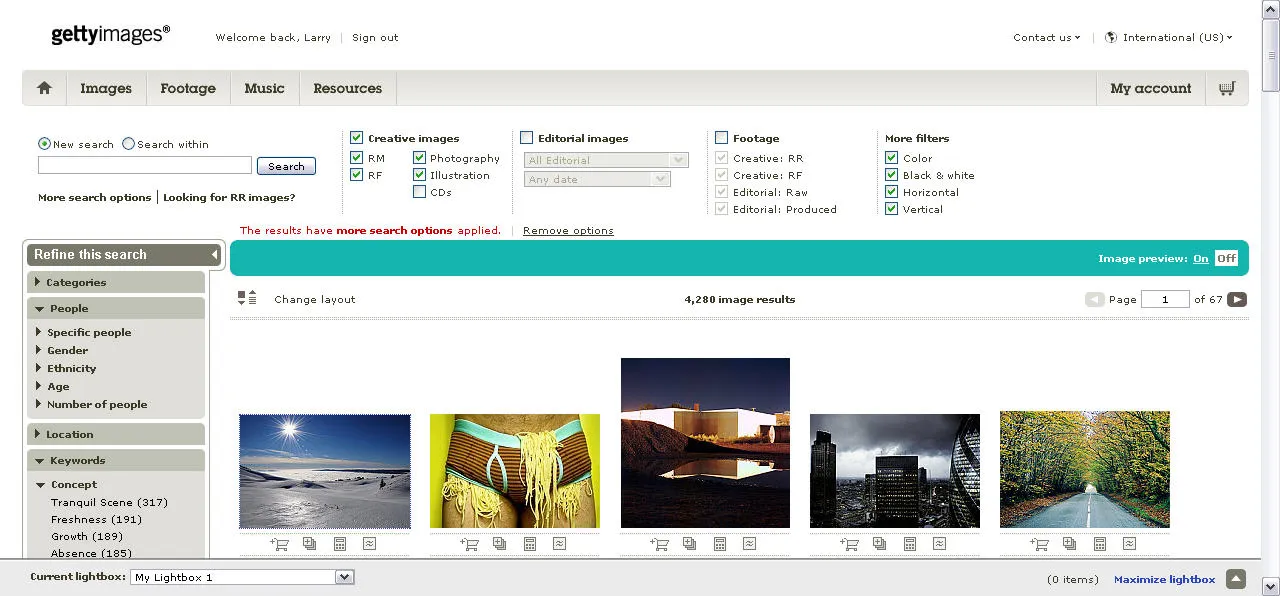Getty Images is a powerhouse in the world of visual content, renowned for its vast collection of high-quality photographs, illustrations, and videos. But have you ever wondered how they gather such an impressive array of images? In this post, we'll explore the two primary methods through which Getty Images acquires its visual content: the Contributor process and the Licensing process. Understanding these methods not only sheds light on the inner workings of
Overview of Getty Images

Founded in 1995, Getty Images has grown to become one of the leading providers of visual content globally. With a mission to provide the world's best imagery to creative professionals, Getty Images boasts a diverse collection that includes everything from historical photographs to contemporary lifestyle shots. Here’s a quick overview of what makes
- Extensive Library: Getty Images offers over 200 million assets, which include images, videos, and music. This extensive library caters to a wide range of industries, from advertising and marketing to media and journalism.
- Global Reach: With contributors from all over the world, Getty Images captures unique perspectives and cultural narratives, making it a rich resource for diverse visual storytelling.
- Quality Assurance: Every image goes through a rigorous selection process, ensuring that only the highest quality visuals are made available to clients.
- Licensing Options: Getty Images provides various licensing agreements, allowing individuals and businesses to use images in a way that aligns with their specific needs.
- Innovative Technology: The platform utilizes advanced search algorithms and AI technology to help users find exactly what they're looking for quickly and efficiently.
Overall, Getty Images has positioned itself as an indispensable resource for anyone in need of high-quality visual content, thanks to its robust contributor network and flexible licensing processes.
Also Read This: Easy Steps to Customize iStock Images with Text
The Role of Contributors

Contributors play a vital role in the ecosystem of Getty Images, serving as the backbone for the diverse and extensive collection of visuals available on the platform. These creatives, who can range from amateur photographers to seasoned professionals, bring unique perspectives and styles that enrich the library, making it an invaluable resource for businesses, media outlets, and individuals alike.
So, what exactly does a contributor do? Here are some key responsibilities:
- Creating High-Quality Content: Contributors are tasked with capturing stunning and relevant images that cater to various themes and markets. This requires a keen eye for detail and an understanding of trends.
- Understanding Market Demand: Successful contributors stay informed about what types of visuals are in demand. This means they often tailor their shoots to align with current events, seasonal trends, or popular themes.
- Managing Rights: Contributors must ensure they have the necessary rights and permissions for the images they capture, especially when it comes to identifiable people or private properties.
- Uploading and Metadata: After capturing their images, contributors upload them to Getty Images and provide essential metadata, including keywords and descriptions, which enhance the discoverability of their work.
Ultimately, contributors not only provide the content that fuels Getty Images but also benefit from a global platform that showcases their work to clients across various industries. Their creativity, skills, and unique viewpoints are indispensable to the continued success of this visual marketplace.
Also Read This: How to Make Rasmalai at Home in Urdu
Understanding the Contributor Process
The contributor process at Getty Images is designed to be straightforward yet thorough, ensuring that both the company and its contributors have a mutually beneficial relationship. If you’re considering becoming a contributor, it’s essential to understand the steps involved.
Here’s a breakdown of the contributor process:
- Application: To start, interested photographers and videographers must fill out an application form on the Getty Images website. This form typically requires details about your experience, portfolio, and the type of content you wish to contribute.
- Portfolio Review: Once your application is submitted, it will be reviewed by the Getty Images team. They look for high-quality, original work that aligns with their standards and market needs.
- Approval and Onboarding: If your portfolio meets their criteria, you’ll receive an invitation to join as a contributor. This onboarding process may involve signing agreements and getting familiar with the platform's requirements.
- Content Submission: After onboarding, you can start uploading your images or videos. It’s crucial to include accurate metadata to help buyers find your work easily.
- Royalties and Licensing: As your content sells, you earn royalties based on the licensing agreements. Getty Images provides clear guidelines on how payments are structured, allowing contributors to understand their potential earnings.
By understanding these steps, aspiring contributors can navigate the process more effectively and set themselves up for success in the competitive world of stock imagery.
Also Read This: Using IDM to Download Videos from Dailymotion
Types of Licenses Offered by Getty Images
When it comes to obtaining images from Getty Images, understanding the different types of licenses is crucial. Getty Images offers a variety of licenses to cater to the diverse needs of its clients. Here’s a breakdown of the primary types:
- Royalty-Free License: This license allows users to pay a one-time fee to use an image multiple times without incurring additional costs. It's perfect for businesses that need images for marketing materials, websites, or social media, as it's budget-friendly and versatile.
- Rights Managed License: This type of license is more restrictive, where the usage rights are based on specific parameters. Factors include the duration of use, geographic location, and the medium in which the image will be used. This is ideal for those who require exclusive rights or have specific needs.
- Editorial License: Images under this license can only be used for editorial purposes, such as news articles or blogs. They cannot be used for commercial advertising. This is great for publishers and news outlets looking to complement their stories with relevant visuals.
- Enhanced Royalty-Free License: This is an extension of the Royalty-Free license, offering additional rights for use in high-volume projects, such as merchandise or large-scale advertising campaigns. It’s a bit pricier but worth it for the added flexibility.
- Creative License: Sometimes, Getty Images provides a creative license for custom projects. This allows clients to negotiate terms that best fit their unique needs, making it a tailored solution for specific industries.
By understanding these licenses, clients can make informed decisions about which option best suits their project requirements.
Also Read This: The Best Time to Post YouTube Shorts for Maximum Views
The Licensing Process Explained
The licensing process at Getty Images is designed to be straightforward and user-friendly, ensuring that clients can efficiently find and acquire the images they need. Here’s how it typically works:
- Search for Images: Clients start by browsing the vast collection of images available on the Getty Images website. They can use keywords, filters, and categories to narrow down their search.
- Select Your Images: Once you've found a few images that catch your eye, you can click on them to learn more about the licensing options available. Each image will provide details about the type of license, pricing, and usage rights.
- Add to Cart: After making your selections, you can add them to your cart. If you're unsure about a license type, you can always consult Getty's customer service for guidance.
- Checkout: The checkout process is simple. You'll review your selected images, choose your preferred license, and make the payment. Getty Images accepts various payment methods for convenience.
- Download Your Images: Once the payment is processed, you can immediately download your images. You'll receive a confirmation email with all the necessary details regarding your purchase and usage rights.
Overall, the licensing process is designed to be smooth and efficient, allowing clients to focus on their projects without getting bogged down in complicated procedures. So, whether you’re a marketer, a publisher, or just someone in need of eye-catching visuals, Getty Images has got you covered!
Also Read This: Behance image saving tips
Quality Control and Approval Process
When it comes to acquiring photos, Getty Images takes quality very seriously. The company has a well-defined quality control and approval process that ensures only the best images make it to their platform. This process is crucial, not just for maintaining the integrity of their brand, but also for providing customers with high-quality content they can trust.
So, how does this process work?
- Submission Guidelines: Contributors must adhere to specific submission guidelines. This includes technical specifications, such as resolution and file format, as well as content guidelines to ensure the images are appropriate and relevant.
- Initial Review: Once a contributor submits their images, a team of experts conducts an initial review. This step assesses whether the photos meet Getty's standards in terms of quality, composition, and technical execution.
- Feedback and Revisions: If an image does not meet the required standards, contributors often receive constructive feedback. This allows them to make necessary adjustments or improvements before resubmitting their work.
- Final Approval: Once the images pass the initial review and any revisions are made, they go through a final approval stage. Only then are the photos made available for licensing on the Getty Images platform.
By implementing this rigorous quality control process, Getty not only uplifts the work of contributors but also ensures that customers can find stunning and reliable images for their projects.
Benefits for Contributors
Contributing to Getty Images can be a rewarding experience for photographers and artists alike. The platform offers a myriad of benefits that encourage creativity while also providing financial incentives. Let's break down some of the key advantages:
- Exposure: Getty Images boasts a massive global audience. Contributors have the opportunity to showcase their work to potential buyers from various industries, including advertising, publishing, and media.
- Monetary Compensation: Contributors earn a percentage of the licensing fees when their images are purchased. This can lead to a steady income stream, especially for those whose work resonates with buyers.
- Creative Freedom: Contributors can express their unique artistic vision. They have the flexibility to shoot and submit images that reflect their style, subject matter, and interests, giving them a platform to shine.
- Professional Development: Working with a prestigious platform like Getty Images allows contributors to enhance their skills and gain valuable insights into the commercial photography industry.
- Community and Networking: Being part of Getty Images connects contributors with a vibrant community of other artists and photographers. This can foster collaborations and inspire new creative projects.
In summary, contributing to Getty Images is not just about selling photos; it's about building a career, gaining exposure, and being part of a larger creative community. For many, the benefits far outweigh the challenges, making it a worthwhile endeavor.